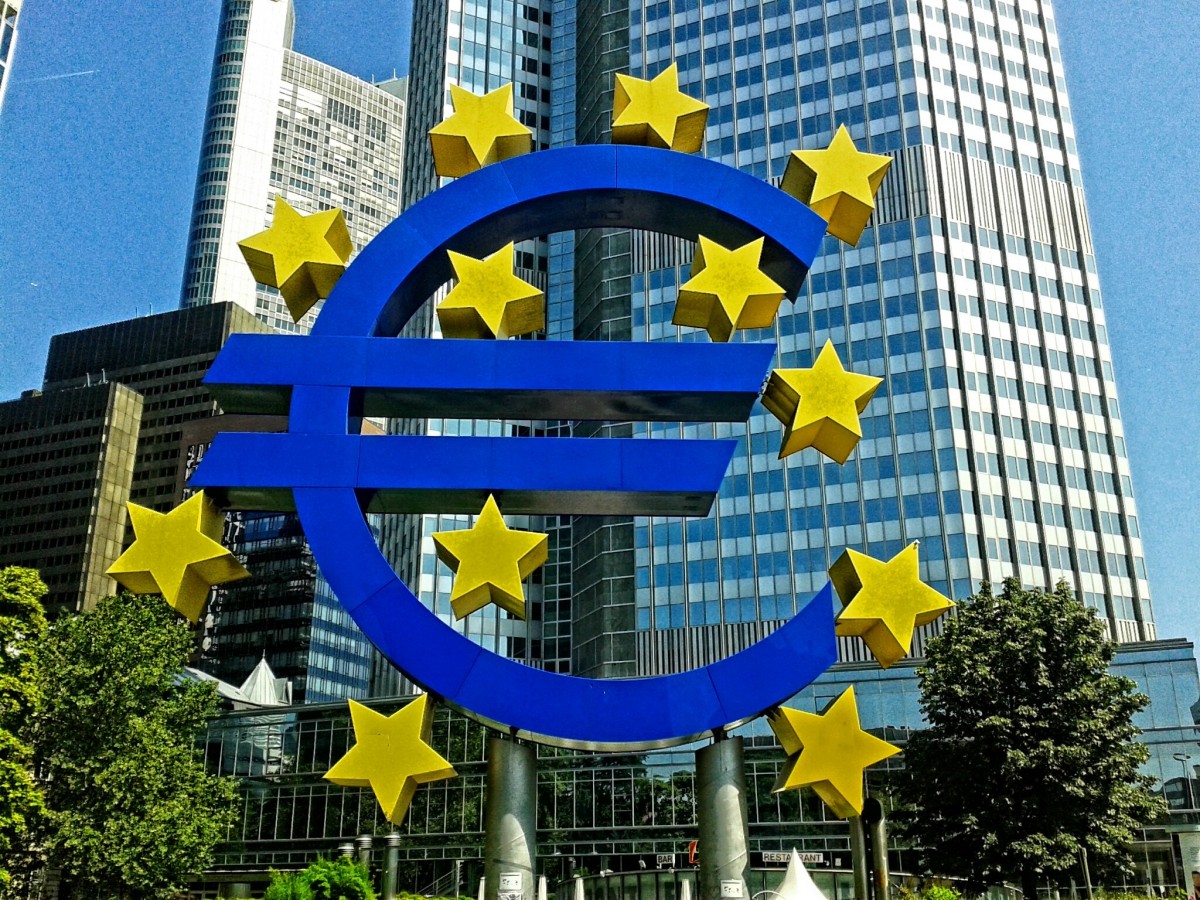Blog
Day Ahead: Top Things to Watch for March 12
- 2020-03-12
- Traiding Idea

Global stock markets are still falling, and demand for US Treasury and Japanese yen has increased. The US president has stopped passenger arrivals from Europe for 30 days to limit coronavirus spread. While investors were awaiting details of the US government's protection package to combat the Coronavirus, Donald Trump made no mention of the features of the protection package. This has disappointed investors. The Dow Jones stock index fell 5.86% last night, the S&P 500 index fell 4.89%, and the NASDAQ fell 4.7%. Currently, the Dow Jones Index is down 20% from last month's record close and is in a downtrend. The Nasdaq and S&P 500 indices are about 18.5% off their all-time highs.
In Asian markets, risk aversion flows have decreased. The Bank of Japan plans to increase liquidity in Japan's financial system. However, the Japanese stock market index fell 3%. European indices futures fell more than 8% at one point. The Hong Kong and Australian stock markets are falling. When the stock markets are down 20% from their highs, the market is said to be in a downward trend.
The financial crisis that has taken place in the global stock market has been unprecedented since the year 2008. Donald Trump's remarks have diminished the confidence of investors who had high hopes for US government plans. The crude oil market is still falling. Today, all investors are waiting for the ECB meeting. The Bank of England cut interest rates by half a percent this week, and the German Chancellor has also pledged to do whatever is necessary to support the euro area economy.
From a fundamental analysis point of view, the risk of recession is increasing day by day, and the market has yet to reach equilibrium prices or even determine equilibrium prices. All the solutions of the great powers are similar to the solutions presented to deal with the global financial crisis of the year 2008. Fear of the Coronavirus paralyzes part of the global economy every day. In the US, the NBA has suspended games for the remainder of the season. All the recent events point to a sharp decline in consumer spending. This means that in addition to falling global demand, supply will also decrease due to demand shortages.

